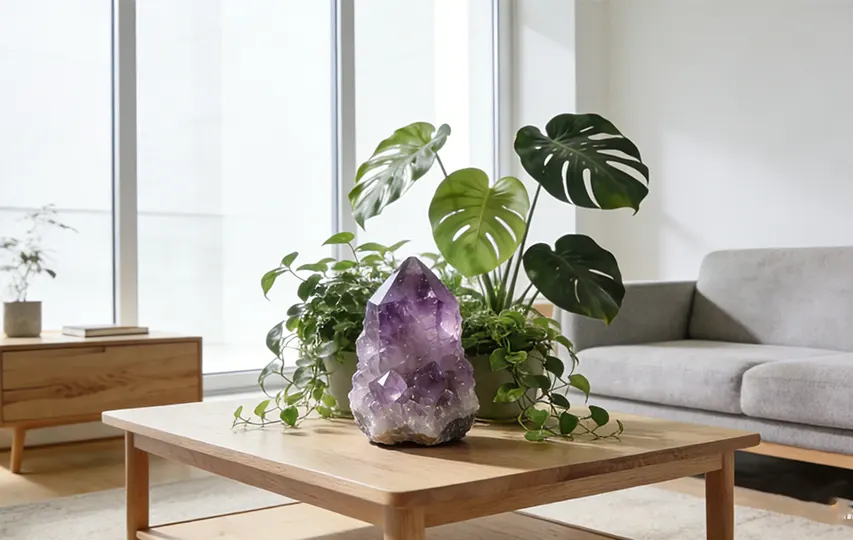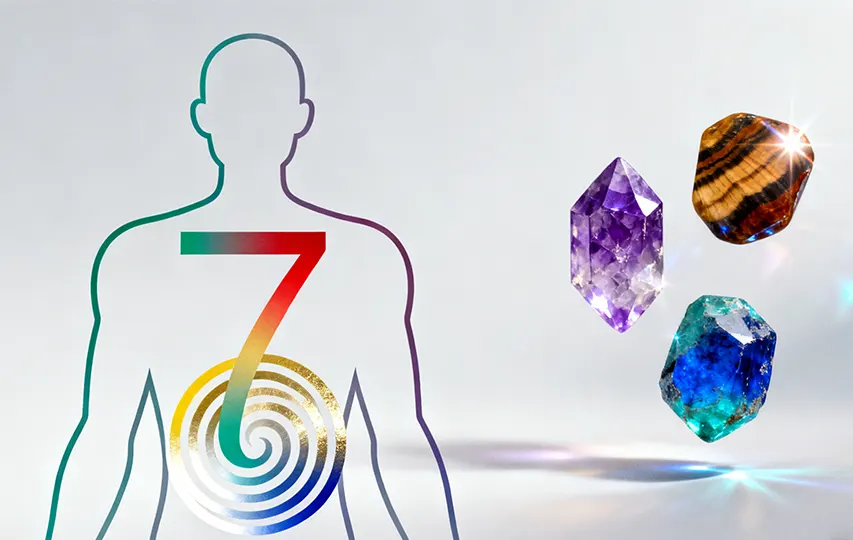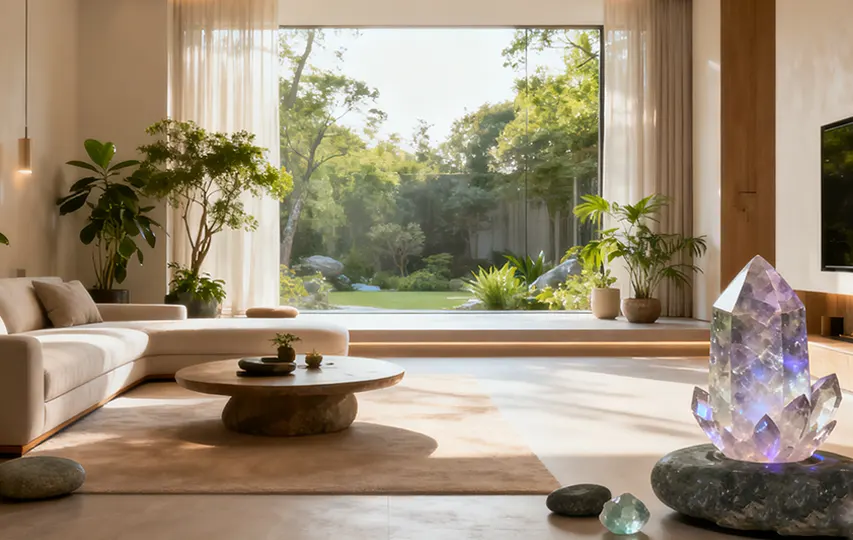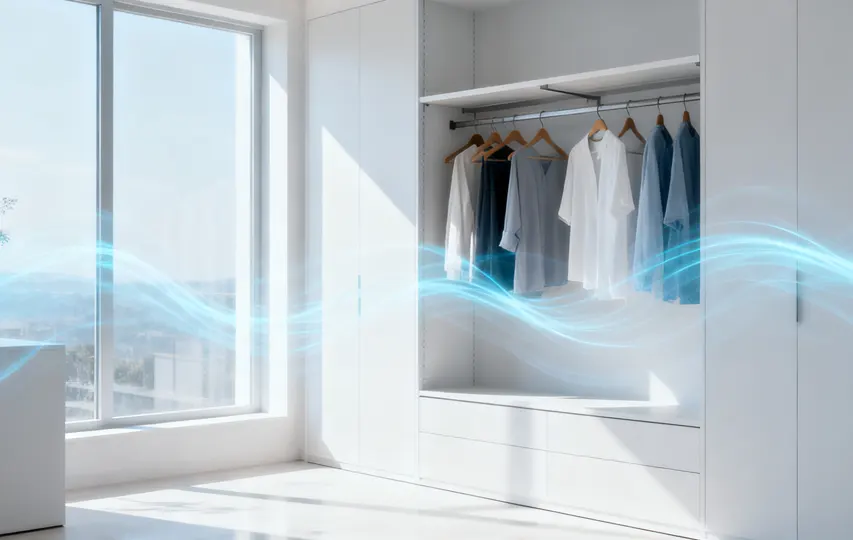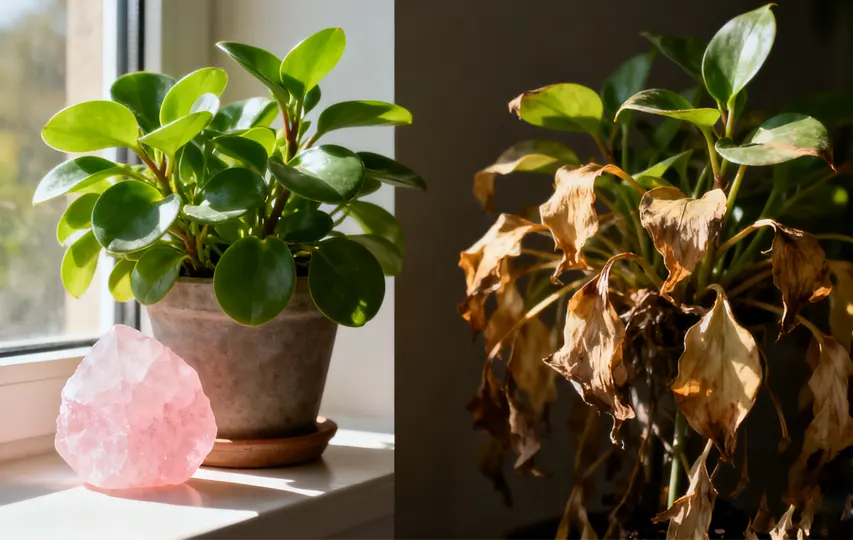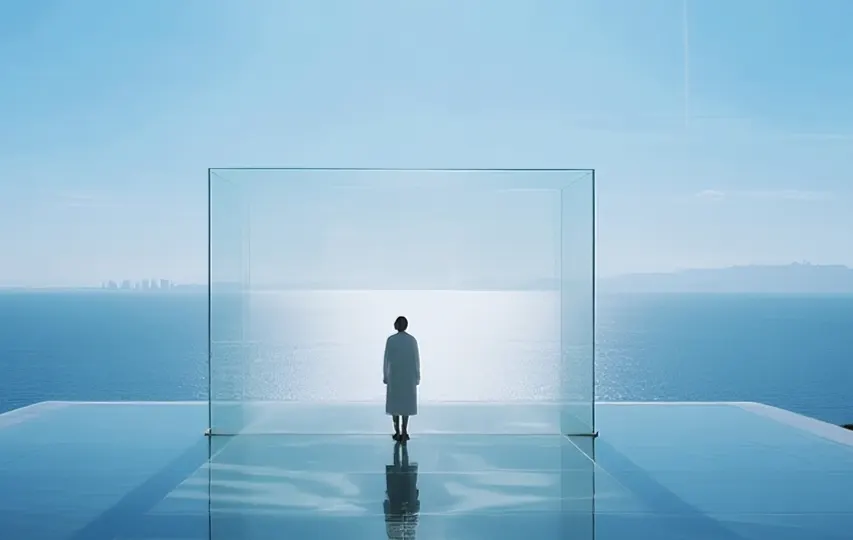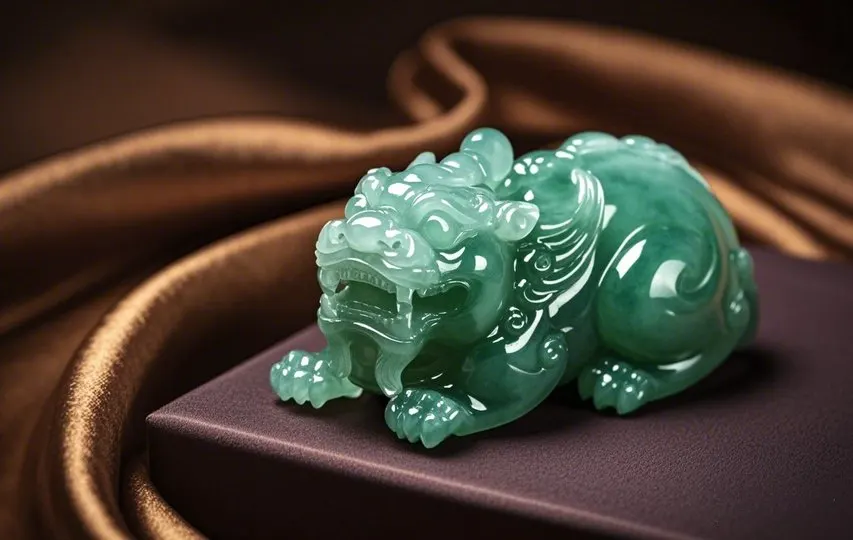
How Much IS Jadeite Worth
Jadeite is one of the most revered gemstones in the world, celebrated for its beauty, durability, and deep cultural significance. If you’re looking to understand the value, categories, and ways to appreciate jadeite, this comprehensive guide will walk you through everything you need to know.
What Is Jadeite Meaning and How Is It Different from Jade?
Many people mistakenly think jadeite and jade are synonymous, but there’s a distinct difference.
- Jade is a broad term that encompasses two types of gemstones: nephrite and jadeite.
- Nephrite is composed mainly of tremolite and actinolite. It is known for its warm, smooth texture and relatively lower hardness (under 6 on the Mohs scale). Popular varieties include Hetian jade, Xiuyan jade, Dushan jade, and Lantian jade.
- Jadeite, on the other hand, is primarily composed of sodium aluminum silicate. It’s harder (6.5 to 7.5 on the Mohs scale) and possesses a glassy luster that makes it visually striking. This higher hardness and distinct luster sets jadeite apart from nephrite and makes it more valuable and recognizable.
Understanding “Fei” and “Cui” in Jadeite
In the jadeite industry, the terms “Fei” and “Cui” are commonly used to describe specific colors:
- Fei refers to the red or yellow areas in jadeite. These hues are influenced by trace elements like iron. Red “Fei” exudes the vibrant warmth of a sunset, while yellow “Fei” gives off an autumnal glow.
- Cui represents the green part of jadeite, the most prized and valuable color. The green can range from pale to rich, with the “imperial green” variety being the most sought-after for its intense, vivid, and evenly distributed color.
Categories of Jadeite
Jadeite is categorized based on its transparency and texture. Here’s a breakdown:
1. Glassy Jadeite
- Characteristics: Top-tier, with exceptional transparency and a nearly invisible granular structure. Under light, it appears crystal-clear with a uniform glow.
- Example: High-quality, colorless glassy jadeite pendants that are pure and pristine, highly desirable among collectors.
2. Ice-Type Jadeite
- Characteristics: Clear like ice, though with a subtle granular texture. It maintains high transparency and offers a refreshing appearance.
- Example: Ice-type jadeite bracelets with green “floating” colors, which create a striking and elegant look.
3. Waxy Jadeite
- Characteristics: It resembles the texture of glutinous rice but has lower transparency. The larger crystal particles provide a soft, warm appearance.
- Example: Waxy jadeite pendants with soft, blue patterns that evoke a serene, water-like elegance.
4. Bean-Type Jadeite
- Characteristics: More common, with visible crystal particles that give it a coarse appearance. It has lower transparency.
- Example: Affordable green bean-type jadeite bracelets that are popular for their vibrant colors.
5. Oily-Green Jadeite
- Characteristics: Dark green with an oily sheen and semi-transparent to opaque texture.
- Example: Oily-green jadeite “peace buttons” with a rich, understated look.
6. Hibiscus-Type Jadeite
- Characteristics: Light green with a uniform, fine texture and slightly higher transparency.
- Example: Hibiscus-type jadeite earrings that add an elegant touch.
7. Golden-Thread Jadeite
- Characteristics: Features filament-like, bright green patterns crisscrossing through the stone.
- Example: Golden-thread jadeite necklaces known for their unique, decorative appeal.
How to Appreciate Jadeite
1. Inspect the Texture
The texture is crucial. High-quality jadeite, like glassy or ice-type, has a fine, flawless texture. Place the piece under light to check for a clear, impurity-free structure.
2. Examine the Color
Color greatly impacts jadeite’s value. Bright, saturated, and evenly distributed colors, such as imperial green, are the most valuable. Other colors like red, yellow, and purple can also add distinct value.
3. Check Transparency
Transparency, or “water head,” is another key factor. The more light a jadeite allows to pass through, the higher its value. Glassy and ice-type jadeite are known for superior water heads.
4. Review Craftsmanship
For carved pieces, craftsmanship is paramount. Expert artisans use the stone’s color and texture to enhance its natural beauty. The carving should be smooth, proportionate, and detailed.
What Determines the Value of Jadeite?
1. Quality Over Everything
Premium jadeite with exceptional texture, color, and transparency, such as glassy or imperial green, commands top prices due to its rarity and aesthetic appeal.
2. Scarcity Drives Price
The primary source of high-quality jadeite is Myanmar. As mining becomes scarcer, prices for superior jadeite have surged. Unique varieties and colors also fetch higher prices due to limited availability.
3. Market Trends and Demand
Market trends play a significant role. The current preference for green jadeite pieces, like bracelets and pendants, keeps prices high. Creative and fashion-forward carvings can also elevate a piece’s value.
Final Thoughts
Jadeite is not only a gemstone but a cultural treasure that requires a nuanced understanding to truly appreciate. By learning about its categories, colors, and appreciation techniques, you can make informed decisions when purchasing or evaluating jadeite. Embrace this knowledge to enhance your confidence and appreciation of this stunning gemstone.


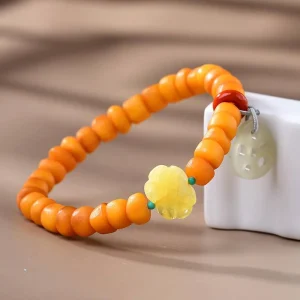
Get to Know Your Five Elements for Free
Get to Know More about Feng Shui

